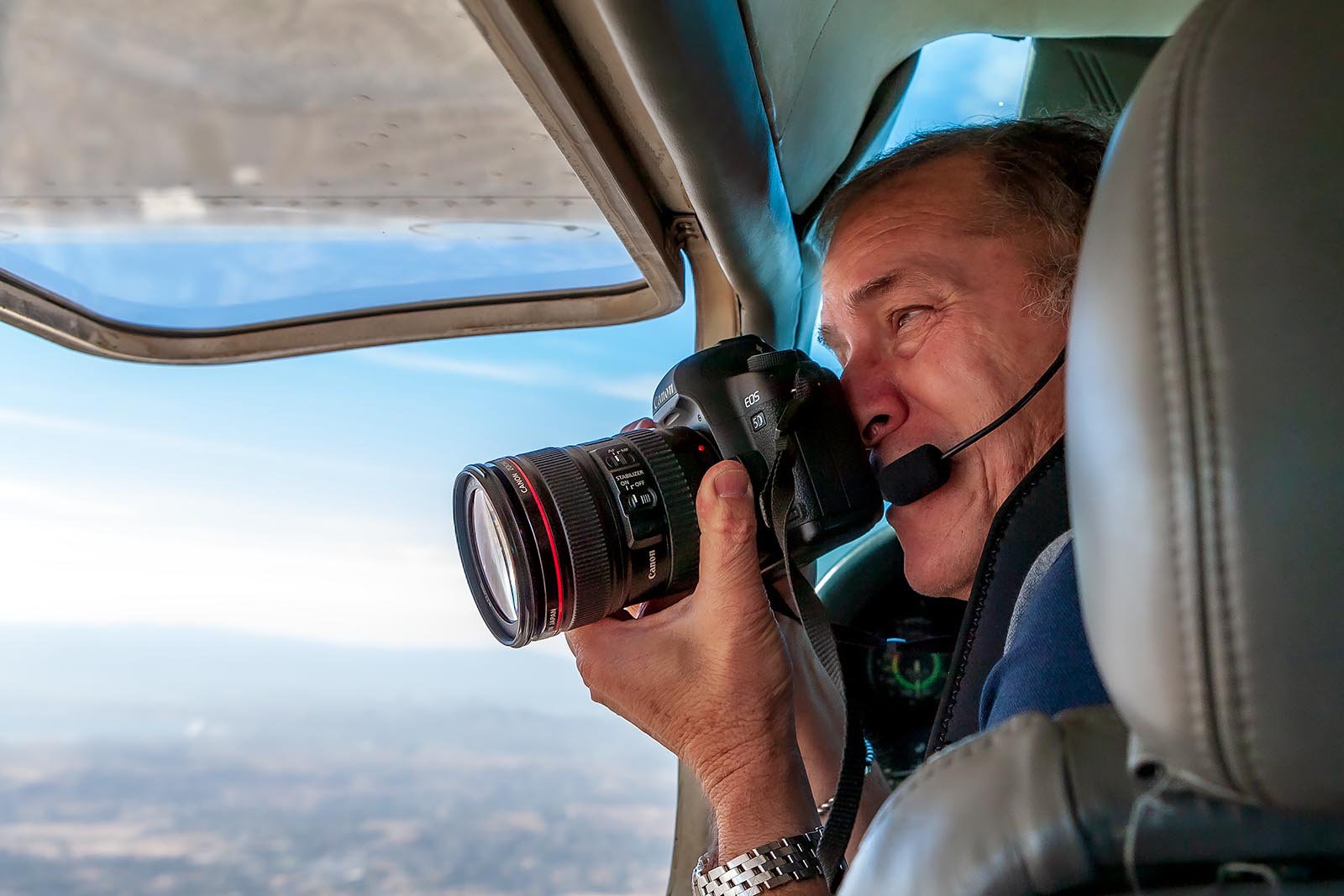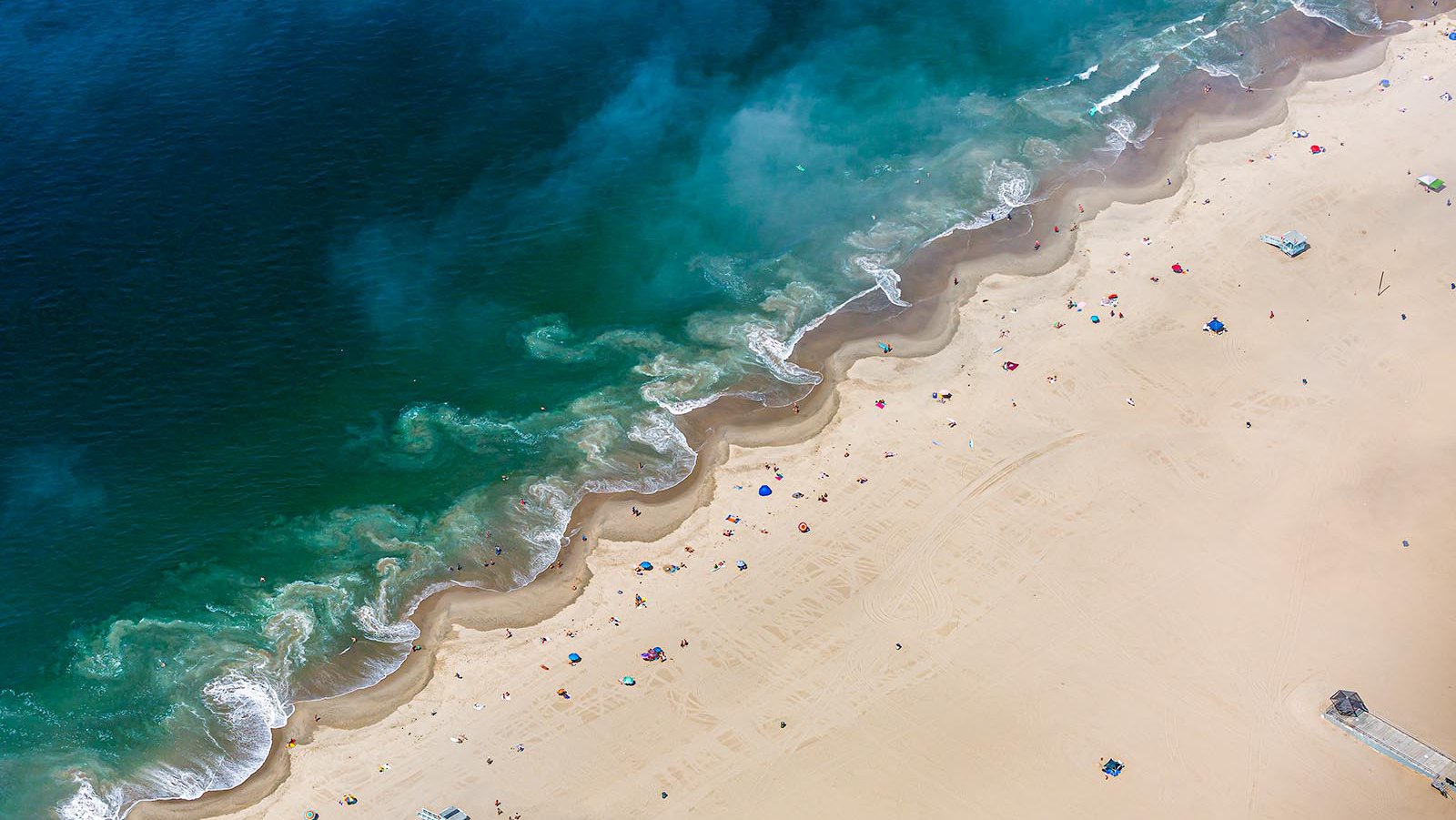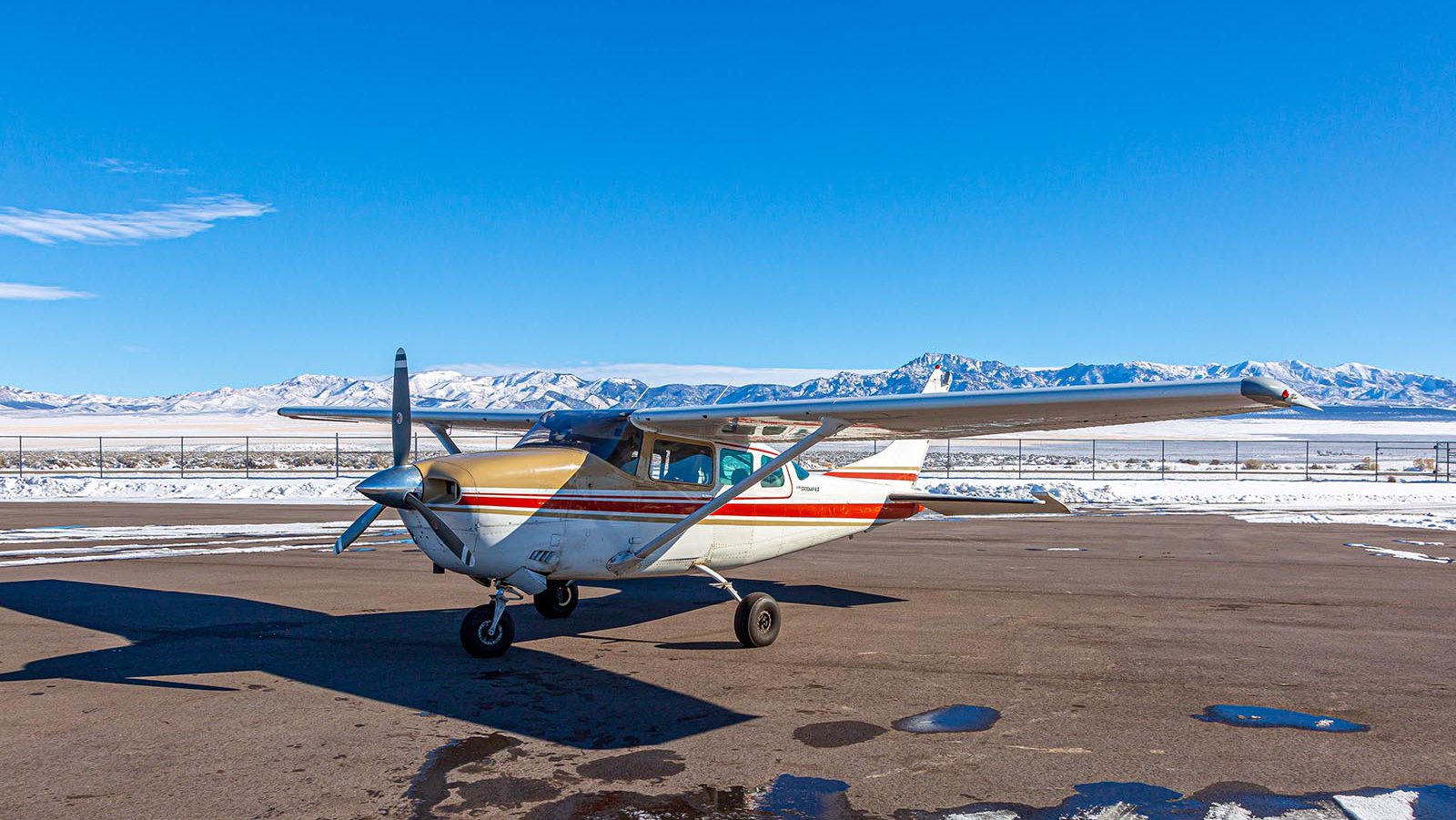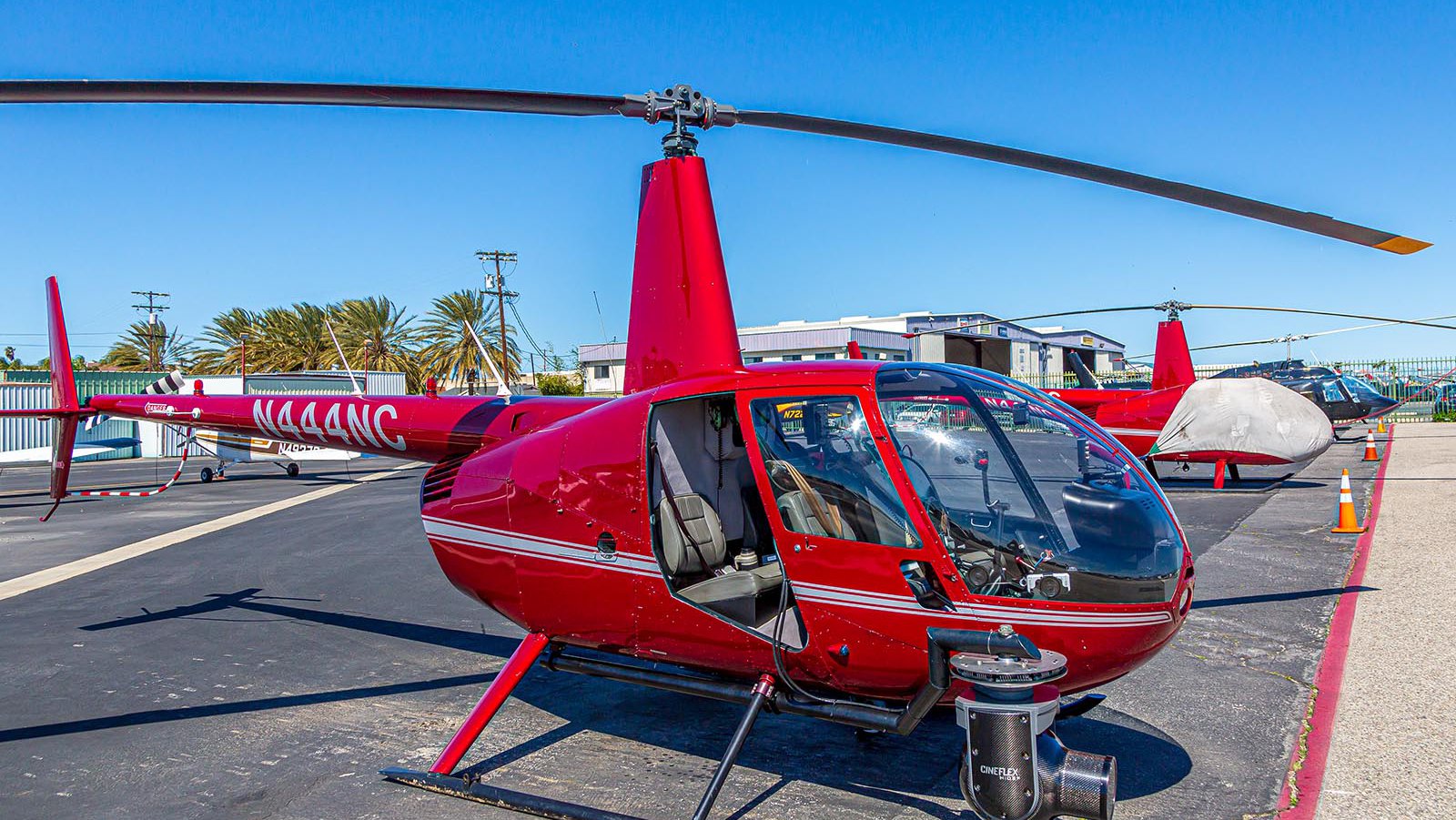
Airplanes vs Helicopters vs Drones
One reason to hire a professional is for their expertise. An experienced plumber can save hours versus trying to fix it yourself. It is no different with aerial photography. There are all sorts of variables, like aircraft type, airspace restrictions and focal lengths. At the end of the day, our clients want the best photos they can get for the best price and we do our best to take care of the rest of the nitty-gritty.
But...
If you'd like to learn a little about the pros and cons of each aerial platform, read on

Aerial photograph from an airplane: Rip currents create a scallop pattern along the beach in Venice Beach, California
While it is possible to use manned and unmanned aircraft for aerial photography and aerial videography, there is no one-size-fits-all platform. Each has its pros and cons. Details below.
Note: The information below is written with the assumption that the aircraft are being flown in compliance with all laws & regulations. Information is correct at the time of writing but is subject to change as laws & regulations are refined and new technologies become available.
Airplanes
With a 5-hour range, flight speed of 150mph and having less airspace restrictions, the airplane is the workhorse of aerial photography platforms. They are very versatile and typically the lowest-cost option for the majority of photo missions. With a minimum operating altitude of 1000-feet above the ground, airplanes fly significantly higher than helicopters and drones, but has the ability to carry a lot of gear (such as large high-megapixel cameras, multiple lenses and gimbals for stabilized videos), allowing for the capture of close-ups and further-away views from the same location.

Cessna 206 airplane in the snow
For an individual photo mission, the airplane generally has a higher operating cost than a drone, but lower than a helicopter. But, with a 5-hour flight time and 150mph flight speed, multiple photo missions can be bundled together, keeping costs down. Even though it may be more expensive to operate, more photo missions can be done in less time, making it a very affordable platform.
For videos, the airplane is much more limited than both helicopter and drone platforms. It allows for only circling and panning footage. While this may not be desirable for an exclusively video photo mission, it can be inexpensively added-on to any photo mission.
Helicopters
Sitting in-between airplanes and drones, helicopters are an expensive but capable aerial platform. They do not have the range or speed of an airplane or able to get as low to the ground as a UAV, but helicopters don't suffer from the air space restrictions that drones do and are more maneuverable than airplanes. This flexibility, however, comes at a much higher operating cost than both airplanes and UAVs.

Robinson R44 helicopter outfitted with a Cineflex gyro-stabilization system
Helicopters typically have video systems with 5-axis stabilization, allowing for very stable footage while zooming. These platforms tend to be the best option if money is no object. For very limited budgets, they are generally not the ideal platform.
Drones / UAVs
Commonly known as "drones," UAVs (short for "unmanned aerial vehicles") are the most popular aerial platform as of this writing. With an operating airspace up to 400-feet, they excel at low-altitude videos. Most are equipped with advanced gimbals for very stable HD and UHD (4K) footage. UAVs can get much lower than a helicopter and are much safer to operate than a manned-aircraft at very low-altitudes. They are much cheaper to operate than a manned-aircraft, due to being battery operated, but this comes at the cost of flight-time and range.
Unfortunately, there are many restrictions where you can fly a drone. Air Traffic Control (ATC) is unable to see them on their screens and they pose a hazard for nearby commercial and general aviation aircraft. For this reason, unless given specific clearances by ATC, it is difficult to legally fly them within 5 miles of an airport, where manned-aircraft frequently operate at the same low altitudes.
Surprisingly UAVs aren't usually the most cost-effective option. Unmanned-aircraft are limited to 1-2 projects per day (when factoring in driving to the site, launching/landing/replacing batteries/repeating) and are more restricted with where they can fly (both in altitude and location). However, this may change in the future with advances in battery life and relaxing of line-of-sight airspace restrictions.